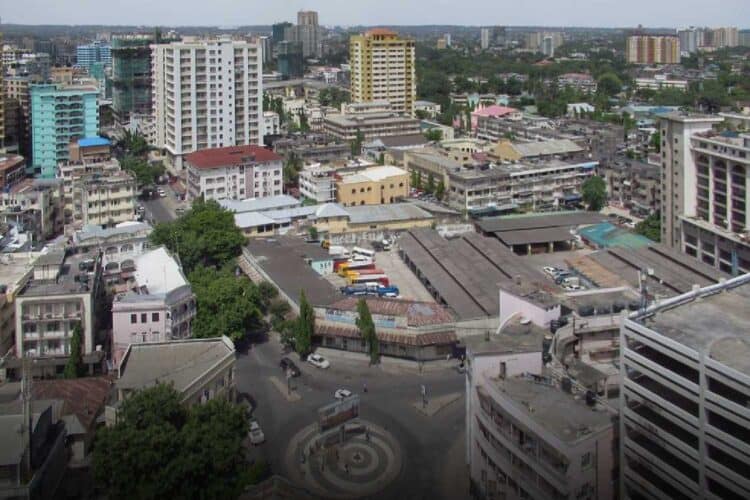Tanzania has taken a significant step by shutting down five of its hydropower stations as the country grapples with excess electricity generated.
Why has Tanzania shut down its hydropower stations?
According to reports, the decision to deactivate these facilities stems from the currently low demand for electricity combined with high production levels.
The Julius Nyerere Hydroelectric Station, recently launched, is producing sufficient energy to supply major cities like Dar es Salaam.
This surplus has prompted the shutdown of other stations to prevent overloading the national grid. A combination of factors has contributed to the current surplus.
Notably, heavy rains earlier in the year significantly increased water levels at the Julius Nyerere hydropower dam, maximizing its output capacity.
The dam, which can generate up to 2,115MW, is now almost at full capacity, significantly contributing to the national grid.
Eskom warns loadshedding could return soon
Conversely, in South Africa, Africa’s biggest economy, state parastatal Eskom holds little hope in keeping loadshedding suspended after three weeks of no blackouts.
Earlier this week, Electricity Minister Kgosientsho Ramokgopa recently indicated that the discontinuation of loadshedding might be short-lived, pointing to possible future disruptions in the power supply system.
At a recent briefing, he remarked:
“We are still working on the reliability of these machines, and that’s why you can’t confidently say load-shedding is behind us. That would be a false claim, and it can’t be substantiated.”
He stressed the inherent unpredictability within Eskom’s operational environment, noting that no official could guarantee the absence of loadshedding in the immediate future due to ongoing instability.
“No Eskom official can put their hand on their heart and say tomorrow morning we will continue to have no load-shedding because there’s a lot of instability – anything can happen tomorrow,” he said.






